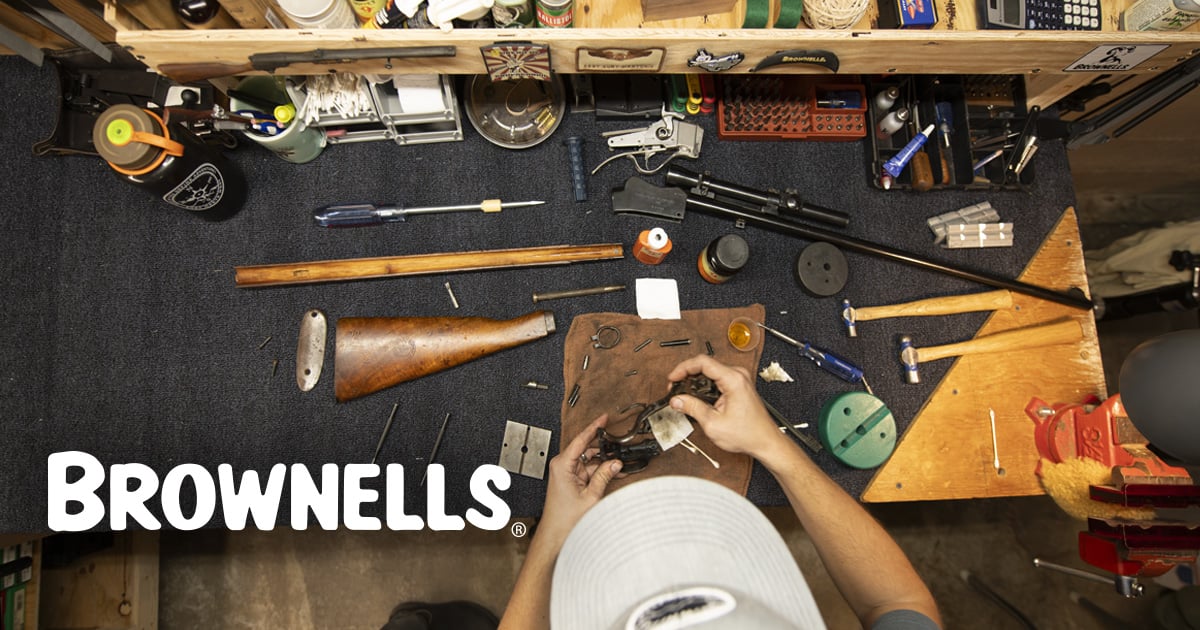i need one for an experiment with my digital scope so im just looking for something cheap but atleast halfway decent for testing
what do u guys know of that will add minimal height and be atleast 20 moa that i can trust to stay put and not shift around
the reason for not just going and buying a exspensive good one right off the bat is that my digital scope will recalculate the drop numbers based on angle, im afraid the scope will be off with a rail so i wanna test and see if i can get the scope to play nice with a 20/30 rail before i spend a good bit of money on a set of rings/rail
what do u guys know of that will add minimal height and be atleast 20 moa that i can trust to stay put and not shift around
the reason for not just going and buying a exspensive good one right off the bat is that my digital scope will recalculate the drop numbers based on angle, im afraid the scope will be off with a rail so i wanna test and see if i can get the scope to play nice with a 20/30 rail before i spend a good bit of money on a set of rings/rail



Comment